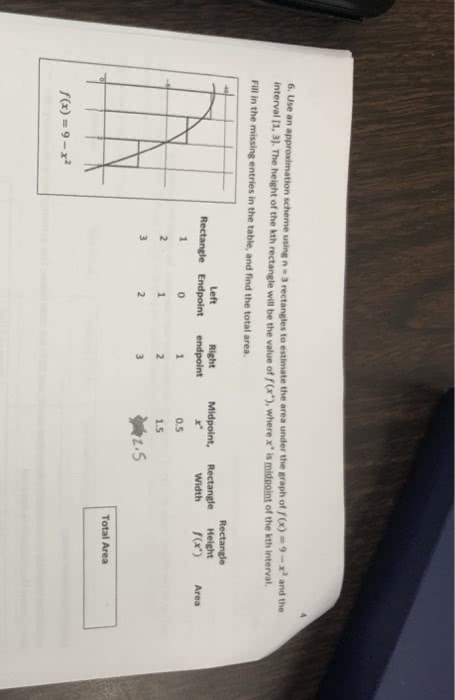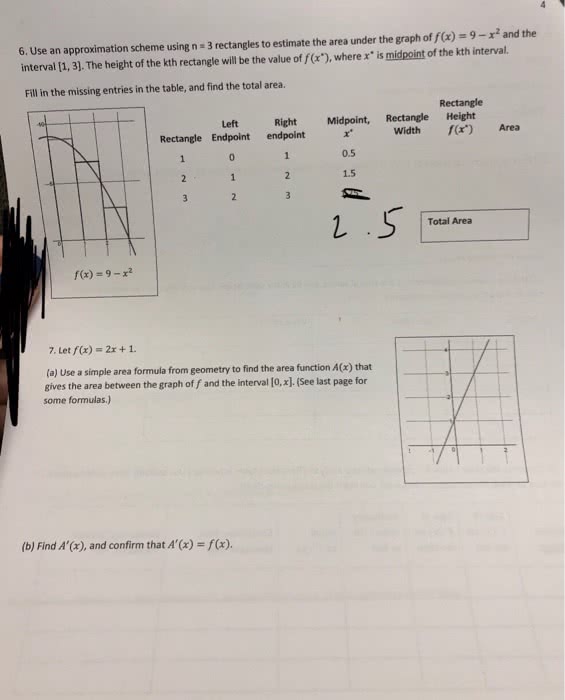MATH 111 Lecture 22: Integrals Part3
Document Summary
Divide the interval [a,b] into n intervals. The height is f(x) in the interval. Traditionally, the height is taken from one of three points. It can be taken to be the value of f at any number xi* in the ith subinterval (xi-1, xi) The area approximation depends on which point the height of the rectangle is taken to be. Ex: if f(x) is increasing, the right endpoints would produce an upper sum (greater than the actual value), while the left endpoints produce a lower sum (lower than the actual value). The area of one rectangle is equal to f( xi ) * x. Assuming that all partitions are equispaced, x = (b-a)/n. The area under the curve is the area between the curve and the x-axis: If f is continuous on [a,b] then a f(x)dx exists. If f is continuous on [a,b], then the function g. Is continuous on [a,b] and differentiable on (a,b), and:




